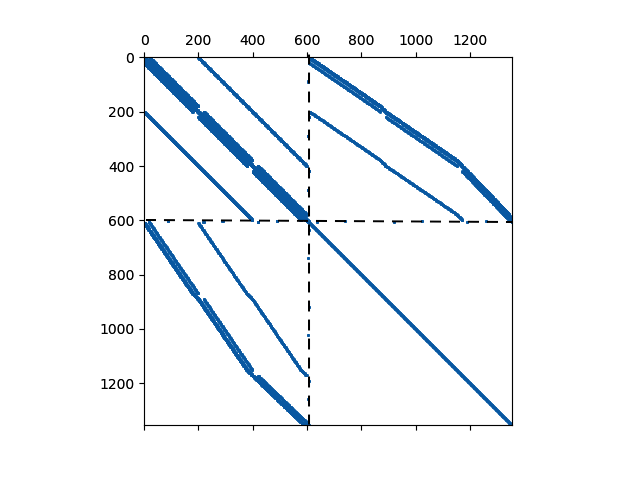Accurate well and near well modelling becomes essential in the reservoir simulation. Recently, advanced (smart) well operations and technologies are employed in the subsurface industry such as long deviated, horizontal and multi-lateral wells. In order to use such technologies intelligently, there must be a robust, supportable model that capture efficiently physics and the expected production scenario. We design a numerical framework for predictive simulation and monitoring of hydrocarbon and geothermal wells based on the general Multi-Segment well (MS-well) model7 which is able to describe the well topology and accurately represent the thermal multiphase multicomponent flow and transport behavior in the wellbore.

Our simulation model is based on the the general unstructured grid framework following the general decoupled velocity formulation. We segment any wells into nodes and connections similar to finite-volume discretization of reservoir flow. Total velocity serves as additional nonlinear unknown and constrained with the momentum equation. The resulting Jacobian structure contains two parts corresponding to conservation and momentum equations as shown in Fig.4. Decoupled velocity formulation based on general unstructured mesh allows us to model complex geometry and take into account arbitrary flow direction, whereby the flow direction is determined dynamically during the nonlinear iterations. Moreover, transforming both reservoir and well nonlinear governing equations into operator form benefits from OBL techniques and reduce further the computational cost related to linearization. Our MS-well model is fully coupled with various physics incorporated
